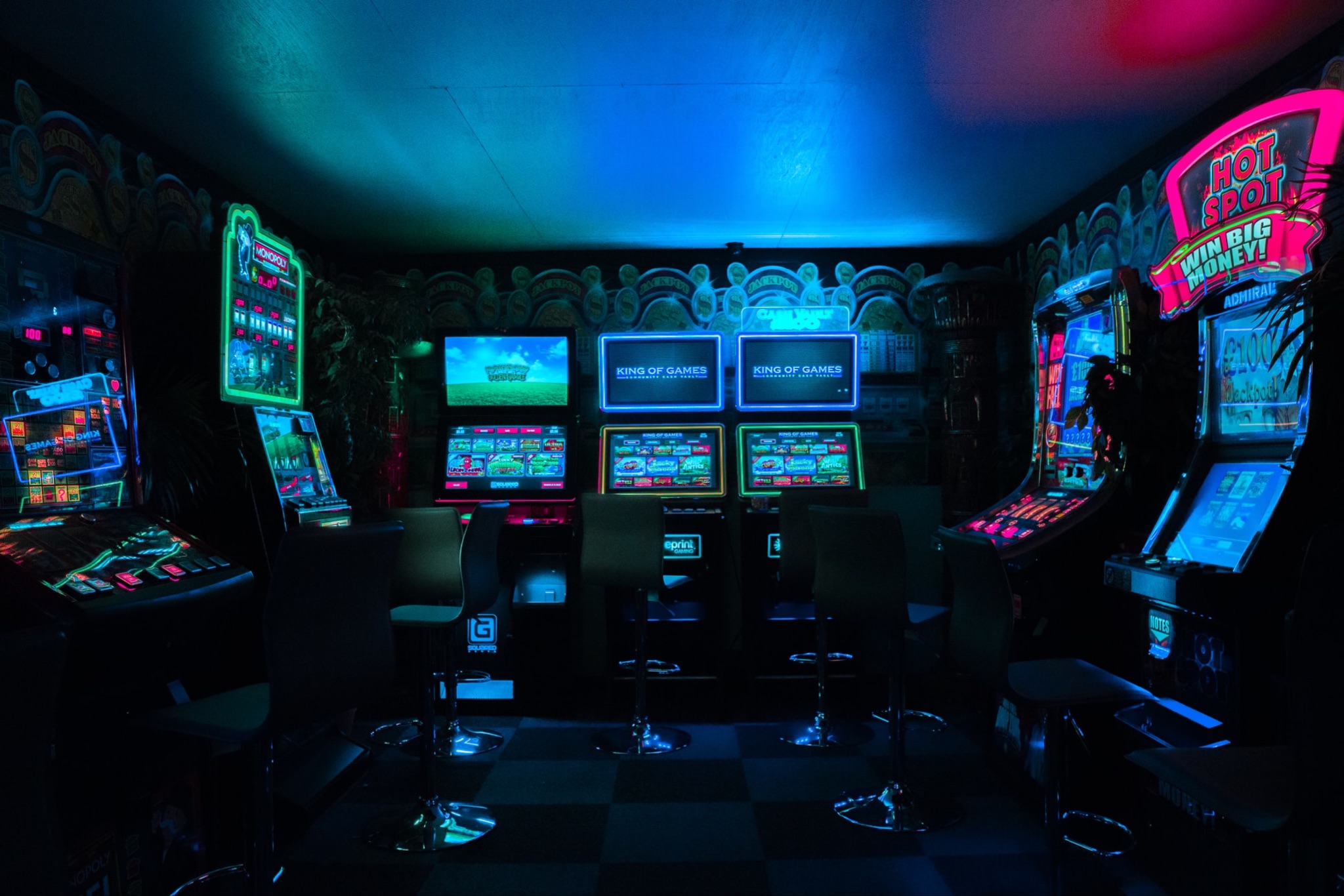A person who regularly plays video games is present in nearly two-thirds of American households, and the global market for video games is estimated to be worth $100 billion today. Video games have been around for decades and are available on a wide range of platforms, including arcade systems, home consoles, handheld consoles, and mobile devices.

A History of British Video Game Development
From a broad historical perspective, one may argue that Britain was destined to play a significant role in the development of the video game industry. In 1953, British mathematician Alan Turing, one of the early pioneers of computing technology, published a theoretical paper on the use of computers to play chess, recognizing the gaming potential of the computer.
In the 1970s, two University of Essex students named Richard Bartle and Roy Trubshaw were pioneers in their field. Bartle loved the new role-playing board games that became popular in his teenage years with the 1974 publication of Dungeons & Dragons. Additionally, due to a special partnership his school had with a British Petroleum plant nearby, Bartle was able to learn computer programming at a time when few schools had computer facilities. Bartle advertised his game via specialist journals, similar to other play-by-mail games of the time. While still a senior in high school, he produced and published his own analogue games.
Bartle first encountered Trubshaw when he started college, a computer science major with a strong background in programming. Together, they used the computer network at their university to create the game Multi-User Dungeon (MUD). It provided an innovative way for several participants to communicate with one another. Free to play and quickly gaining popularity among a limited group of players, MUD was the first locally produced video game in Britain. However, a large market could not emerge at the time due to the lack of readily available network technology.
Bruce Everiss started working in Liverpool’s brand-new video game industry around the same time. His specialized computer store, Microdigital, started selling the Chris Shelton-designed British computer, Nascom 1, and the MK14 computer kit (developed by Clive Sinclair). Everiss visited California in 1979 and returned to Liverpool with numerous Apple II computer games to market to players after being convinced of the possibilities of video gaming. Microdigital developed into an unofficial hub of gaming and computing knowledge that drew tourists from other parts of Britain and even western Europe.
For instance, Manchester-based game publisher Ocean Software was established in 1983 by David Ward and Jon Woods. In West Yorkshire, Michael Robinson later opened a second computer retail store named Microbyte in 1987. In fact, the following year, Microbyte started its expansion by buying a well-known retail video game store in Nottingham.
A rapidly expanding group of video game fans, almost all of whom were men, soon started using personal computers to create video games. The majority of these early gamers learned how to play and make games on their own, spending hours doing so. Some of the risk-takers joined the first wave of entrepreneurship in British industry by working for start-ups in the software and technology sectors. For instance, in 1980, in Liverpool, Tony Baden and Tony Milner, who had studied chemistry at Oxford University, founded Bug-Byte. Acornsoft was established in the same year by a group of Cambridge developmental psychologists.
Both Bug-Byte and Acornsoft released games that were both their own creations and those of other creative, regional programmers. One of these was the space trading game Elite by Acornsoft, which was developed in 1984 by David Braben and Ian Bell, two Cambridge undergraduate students. One of the longest-running game brands, Elite was also the first PC game to use wireframe three-dimensional visuals.
Overall, these early pioneers created a lasting impression despite the numerous start-ups that came and went in the 1980s. Even though Bug-Byte was only in business for five years, its employees went on to form Imagine Software, a high-end gaming firm, in 1982. Only two years after Imagine’s dissolution, numerous other short-lived companies, including Psygnosis, Denton Designs, and Rage Games, followed.
The British government became concerned about low levels of computer knowledge after a 1978 television show called Now the Chips Are Down questioned whether British industry was equipped for the new technology. In response, the British government promoted the ambitious BBC Computer Literacy Project beginning in 1980. This includes the creation of the BBC Micro, a brand-new microcomputer system created and manufactured by Acorn Computers.
The project taught students how to program this computer, extensively disseminating fundamental computer skills and contributing to the development of a significant domestic market for video game consumption. The Trojan Mouse, a television program that examined a decade of accomplishment, was broadcast on the final day of the project in 1992. The literacy initiative was portrayed in the title as a small, underappreciated, but nevertheless significant mouse.
Research that focused on a broader audience came to the conclusion that the BBC initiative had caused “an astonishing spike in computer literacy—one that would be the cornerstone of Britain’s skills base for a decade.”
Read more: 7 Gadgets every Millennial Brit Remembers, The Best British Tech Innovations of All Time
Munia Jamal is a freelance content writer and translator with 5 years of experience, working with different clients and agencies. She believes that content is nothing but showing your creativity through words. She can be contacted at muniaj99@gmail.com.
